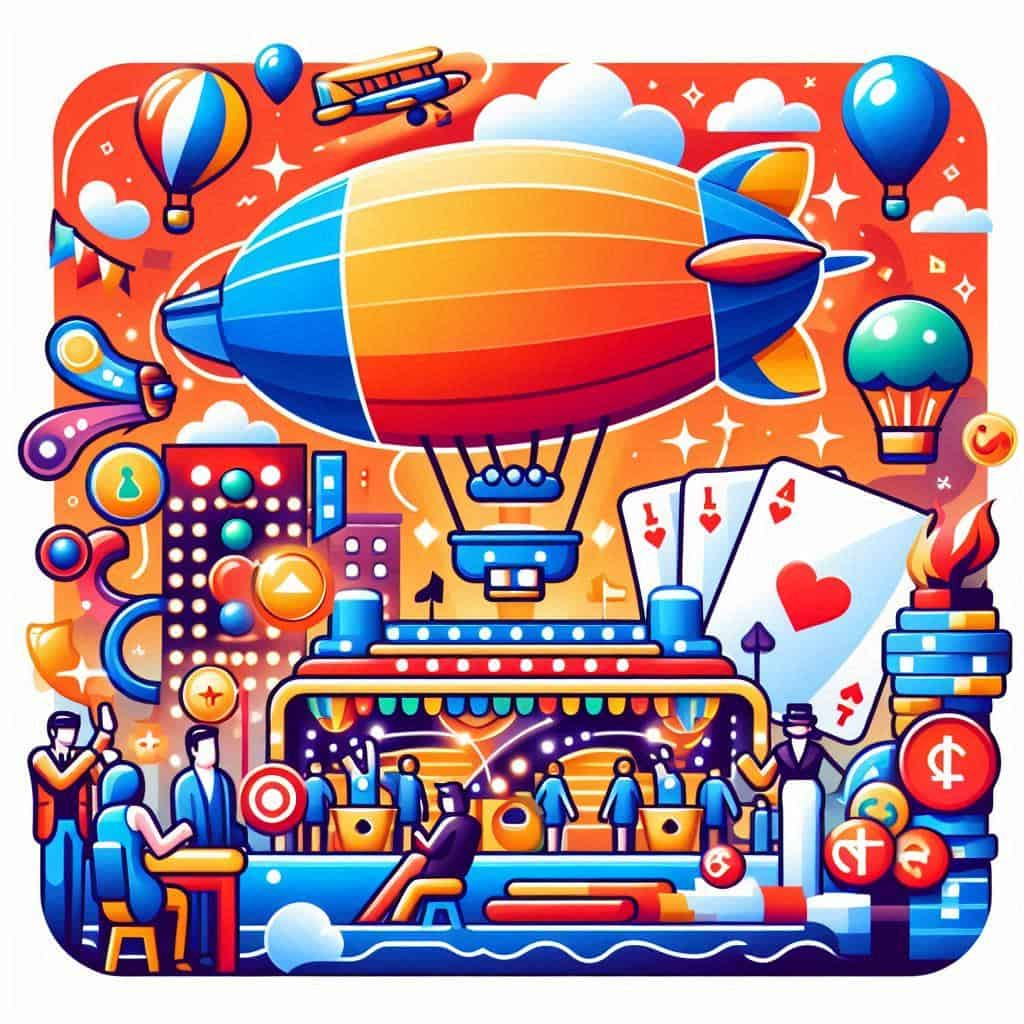How an Interior Design Course Boosts Your Civil Engineering Career?

Civil engineering is a demanding field that requires a strong understanding of structures, materials, and project management. However, what if you could add another dimension to your skillset, one that not only complements your technical expertise but also opens up new avenues for creativity and client satisfaction? This is precisely what an Interior Design Course can do for your civil engineering career.
At first glance, these two disciplines might seem disparate. Civil engineering deals with the macro – bridges, buildings, infrastructure – while interior design focuses on the micro – the aesthetics, functionality, and human experience within those structures. However, a deeper look reveals a powerful synergy that can significantly enhance your professional journey.
Here's how an interior design course can be a game-changer for civil engineers:
1. Enhanced Understanding of Building Functionality and User Experience
Civil engineers lay the groundwork, but interior designers bring the spaces to life. By understanding interior design principles, you'll gain a richer perspective on how the spaces you design are actually used. This includes:
-
Optimized Layouts: Knowing about flow, circulation, and space planning from an interior design perspective can inform your structural decisions to create more intuitive and efficient building layouts.
-
Human-Centric Design: You'll start considering acoustics, lighting, thermal comfort, and accessibility not just from a code perspective, but from the viewpoint of the end-user's comfort and well-being. This leads to more thoughtful and livable structures.
-
Problem-Solving: Understanding interior design challenges (e.g., awkward corners, limited natural light) can help you anticipate and address them at the structural design phase, saving time and resources later.
2. Improved Communication with Architects and Clients
Effective collaboration is key in any construction project. When you speak the language of interior design, you can:
-
Bridge the Gap: You'll better understand the vision and requirements of architects and interior designers, leading to smoother coordination and fewer misunderstandings.
-
Articulate Design Intent: You'll be able to explain how your structural choices impact the interior aesthetics and functionality, fostering more productive discussions with clients.
-
Offer Comprehensive Solutions: Being able to discuss both the structural integrity and the interior possibilities of a project positions you as a more well-rounded and valuable professional.
3. Broadened Career Opportunities
An interior design qualification can open doors you might not have considered:
-
Design-Build Firms: Many firms now offer integrated design-build services. Your combined expertise makes you an ideal candidate for such roles, allowing you to oversee projects from conception to completion.
-
Renovation and Retrofit Projects: Interior design skills are invaluable in existing building renovations, where structural modifications often go hand-in-hand with interior space planning and aesthetic upgrades.
-
Specialized Consultancy: You could offer consulting services that bridge civil engineering and interior design, advising on structural feasibility for complex interior layouts or optimizing existing structures for new interior functions.
-
Client-Facing Roles: For civil engineers who enjoy direct client interaction, an understanding of interior design allows you to engage more deeply with their needs and desires for the final space.
4. Enhanced Project Aesthetics and Value
While civil engineers are primarily focused on safety and stability, an appreciation for interior design can subtly influence your work, leading to:
-
Aesthetically Pleasing Structures: Even without directly designing interiors, an understanding of spatial relationships and visual appeal can influence your structural designs to be more harmonious and integrated with the overall architectural vision.
-
Increased Property Value: Well-designed interiors contribute significantly to the market value and appeal of a building. As a civil engineer with interior design insights, you can contribute to creating structures that are not only sound but also highly desirable.
5. Cultivating Creativity and Innovation
Civil engineering, while analytical, also benefits from creative problem-solving. An interior design course can:
-
Stimulate Creative Thinking: It encourages you to think outside the box, explore different possibilities, and envision how spaces can be optimized for human interaction and well-being.
-
Foster Innovation: By combining your technical knowledge with design thinking, you might discover innovative solutions for structural challenges that also enhance the interior experience.
In conclusion, an interior design courses is not just a tangential pursuit for a civil engineer; it's a strategic investment in your professional growth. It equips you with a holistic understanding of the built environment, enhances your communication skills, and unlocks a wider array of career opportunities. By bridging the gap between structure and space, you transform yourself from a builder of frameworks into a creator of truly functional, beautiful, and human-centric environments. Consider it an upgrade to your engineering toolkit – one that will undoubtedly elevate your career to new heights.



